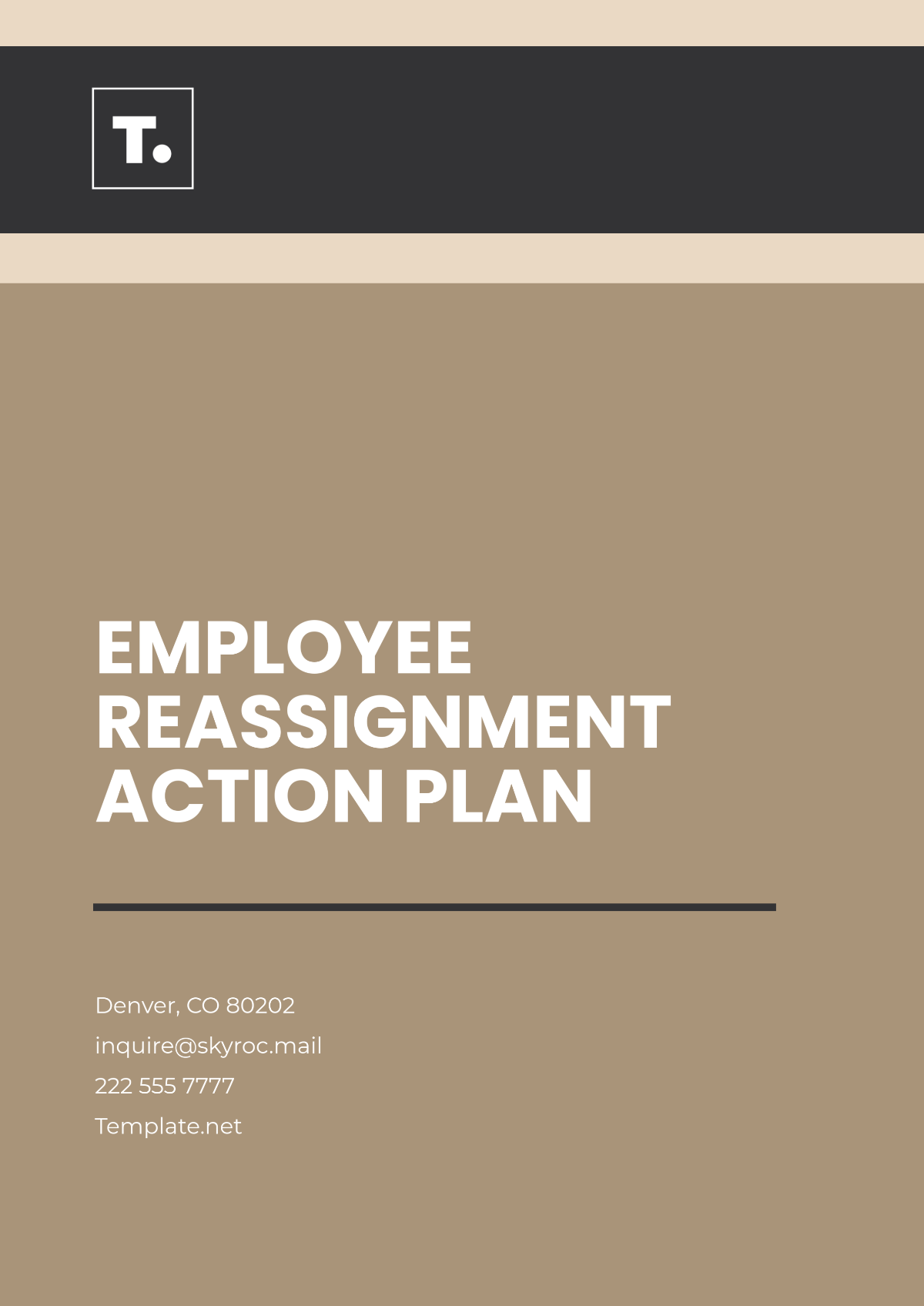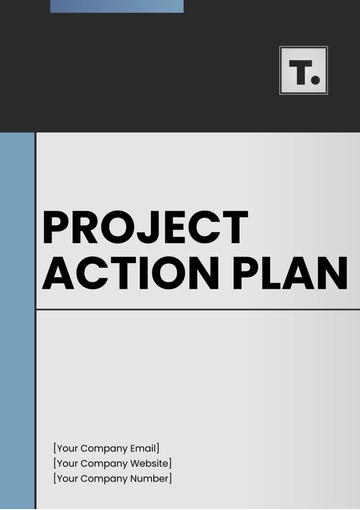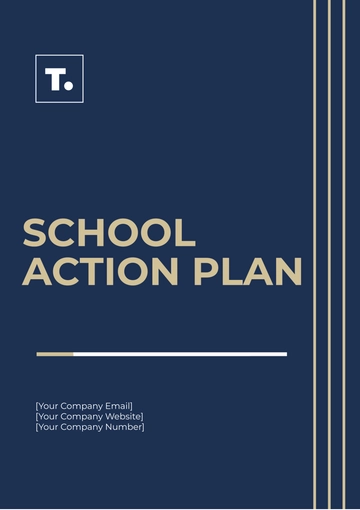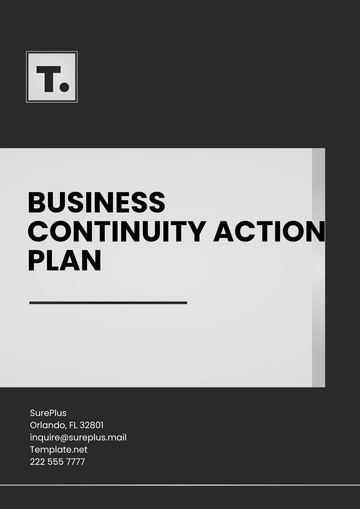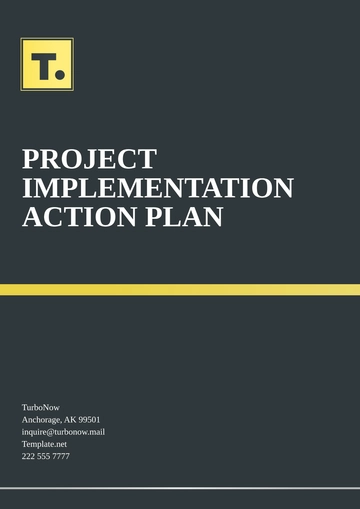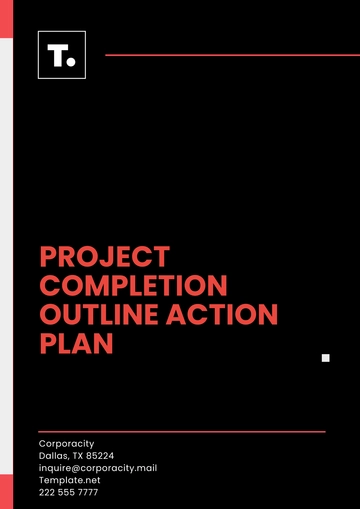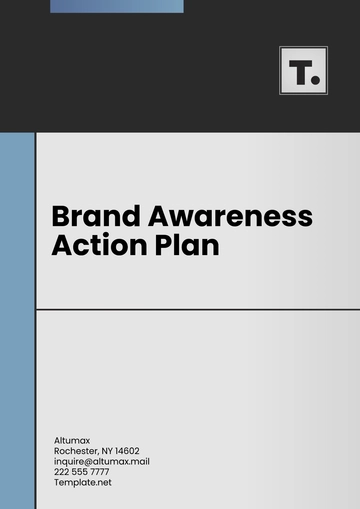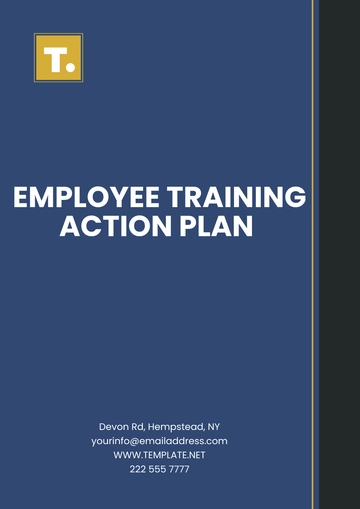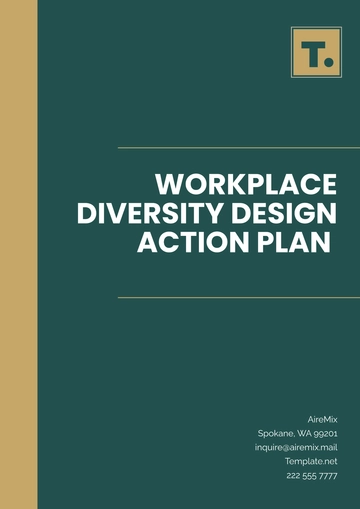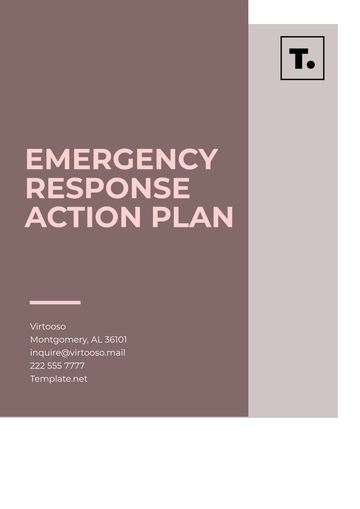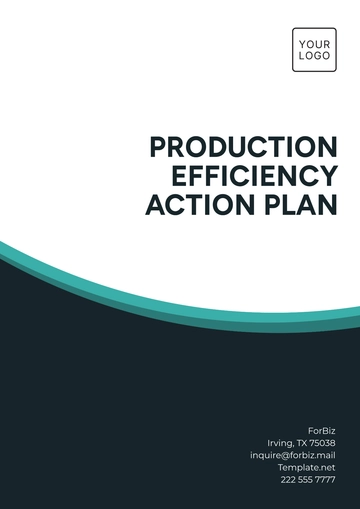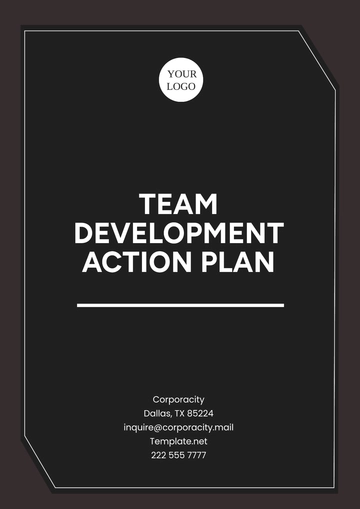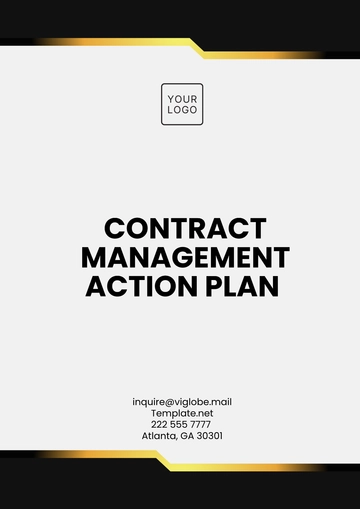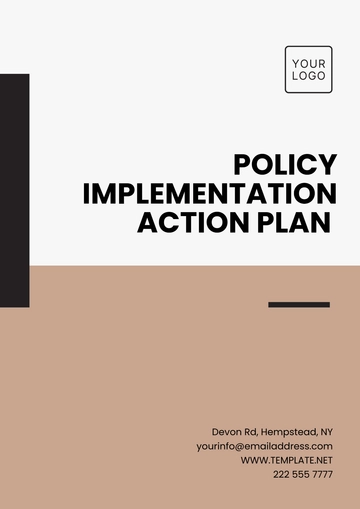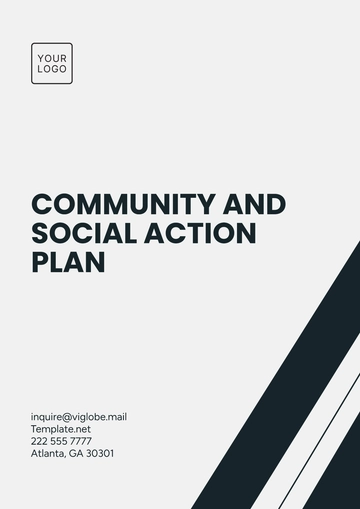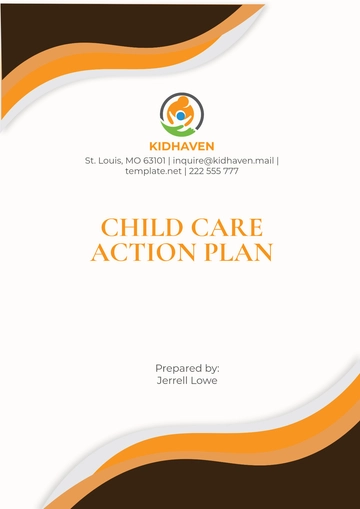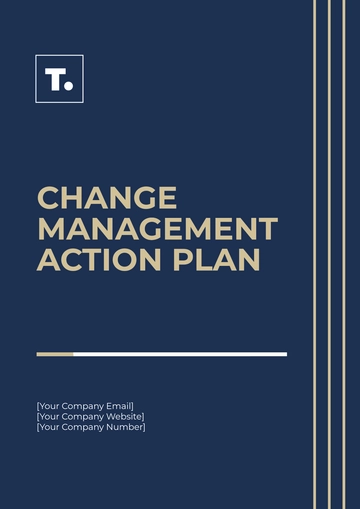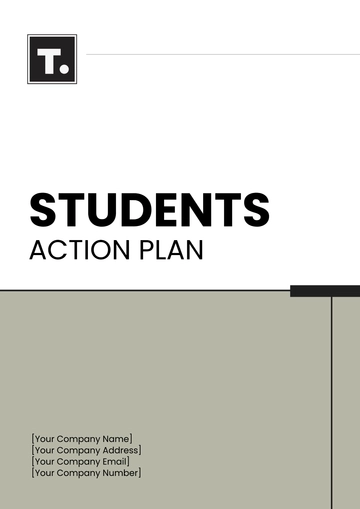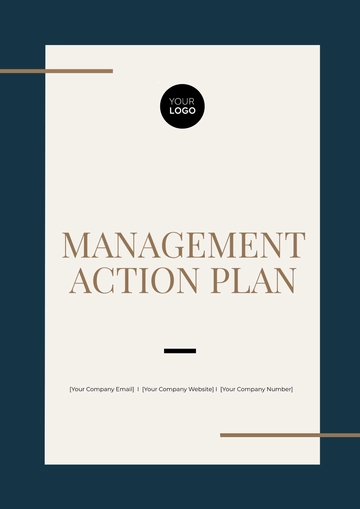Employee Reassignment Action Plan
Prepared By:
[YOUR NAME]
[YOUR COMPANY NAME]
1. Objective
The purpose of this Employee Reassignment Action Plan is to outline the steps and strategies for the reassignment of an employee, ensuring a smooth transition to a new role within the organization. This plan details the responsibilities, timelines, and necessary support to facilitate the reassignment and ensure continued success.
2. Employee Information
Employee Name: Garfield Williams
Current Role: Marketing Specialist
New Role: Marketing Manager
Department: Marketing
Reassignment Date: April 1, 2050
3. Reassignment Rationale
The reassignment has been made in response to the employee's demonstrated leadership capabilities and interest in expanding responsibilities. This transition aims to align their career progression with organizational goals, allowing for greater development and contribution within the team and organization.
4. Key Steps for Reassignment
4.1 Job Description and Expectations
Review of New Role: The employee will be responsible for leading the team, overseeing project execution, and developing strategies for key initiatives.
Clarification of Duties:
Lead initiatives for important projects.
Manage team workflows and ensure deadlines are met.
Collaborate with cross-functional departments to achieve key goals and objectives.
4.2 Training and Development
Training Plan: The employee will attend relevant leadership training workshops to improve team management and operational skills. Additional courses in the required industry expertise or technology will be provided.
Mentorship: A designated mentor will assist the employee during the transition, offering guidance and support to ensure effective adaptation to the new role.
4.3 Communication
Internal Communication: The reassignment will be communicated to the team and relevant departments. A meeting will be scheduled to introduce the employee in their new role and clarify any organizational changes.
Employee Briefing: A one-on-one meeting will take place to discuss the new position, expectations, and available support for a smooth transition.
4.4 Timeline
Initial Transition Period: The employee will begin transitioning into the new role over a defined period, which may involve shadowing current role holders and becoming familiar with key ongoing projects.
Post-Reassignment Check-ins: Regular follow-up meetings will be scheduled, typically bi-weekly or monthly, to assess progress, provide feedback, and resolve any issues.
4.5 Performance Evaluation
Assessment Criteria: The employee’s performance will be evaluated based on their ability to lead key initiatives, manage their team effectively, and meet specific performance goals within the first few months.
Feedback Process: Ongoing feedback will be provided on leadership, teamwork, and problem-solving. Monthly or quarterly performance reviews will ensure alignment with organizational expectations.
5. Responsibilities
5.1 HR Department
5.2 Manager/Supervisor
Oversee the employee’s adjustment to the new role, ensuring they have the resources needed to succeed.
Provide guidance and mentorship during the transition and adjust tasks as necessary.
5.3 Employee
Actively engage in training, mentorship, and transition activities.
Provide regular feedback on the reassignment process and any challenges faced.
6. Success Metrics
Timely Completion of Training: The employee completes all training programs within the designated timeframe.
Successful Integration into New Team/Department: Positive feedback from team members and other departments regarding the employee’s leadership and communication skills.
Performance Milestones: Successful completion of key projects and achievement of established goals, with performance evaluations indicating satisfactory or above expectations.
7. Follow-up Actions
Review Meeting: A formal review meeting will be scheduled after a set period (e.g., six months) to discuss progress, provide constructive feedback, and adjust goals as needed.
Plan Templates @ Template.net
